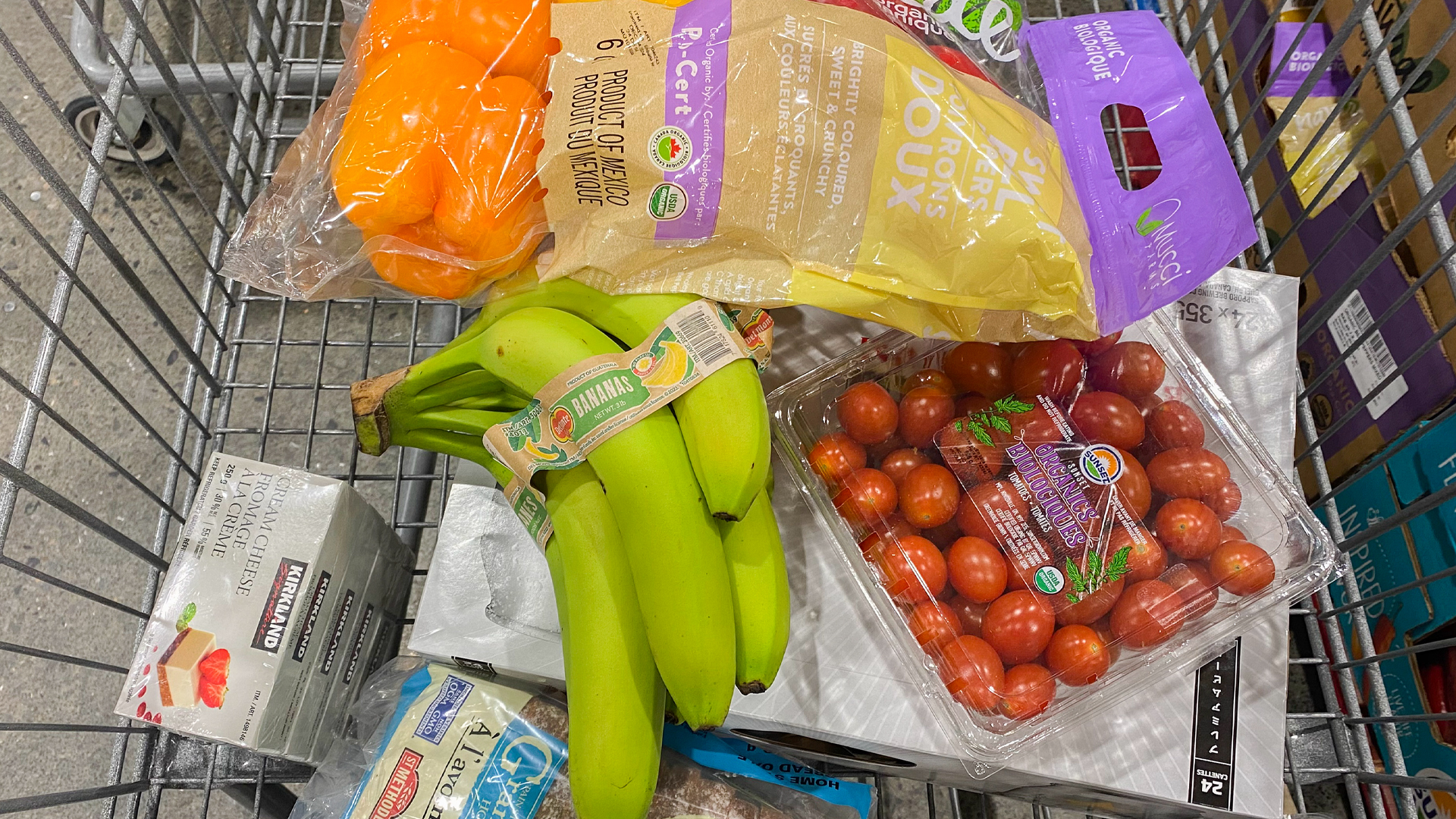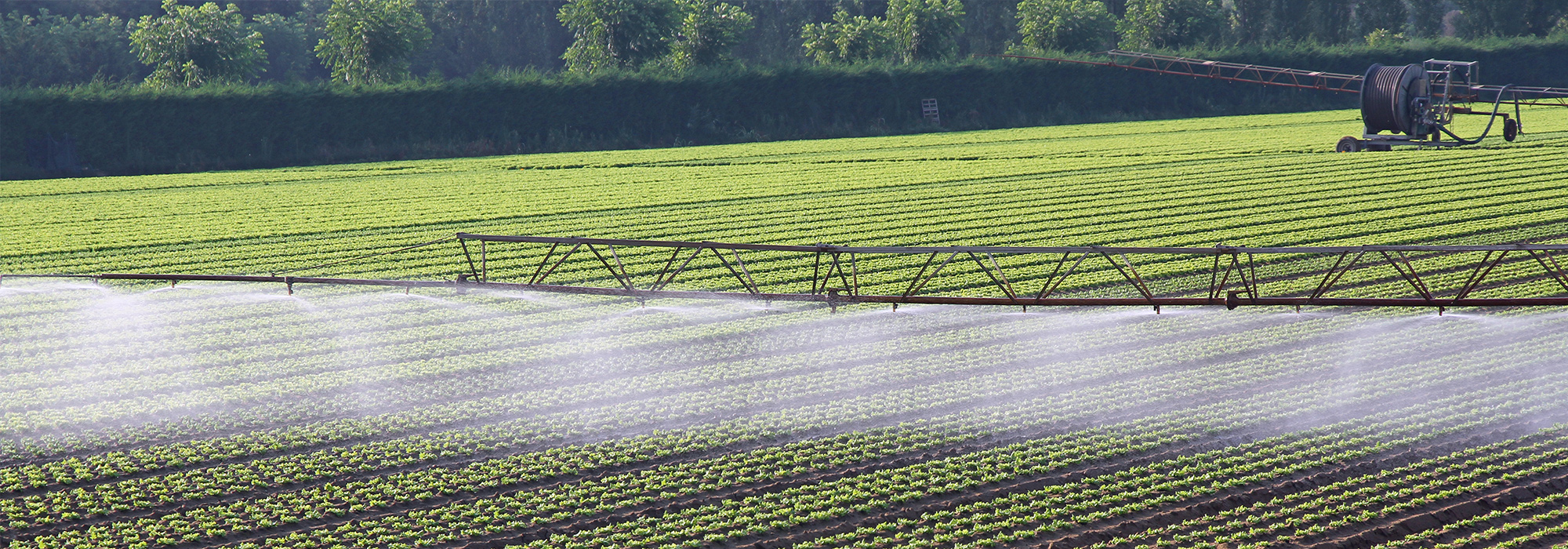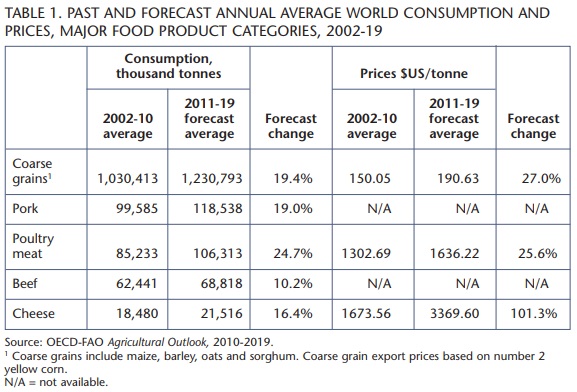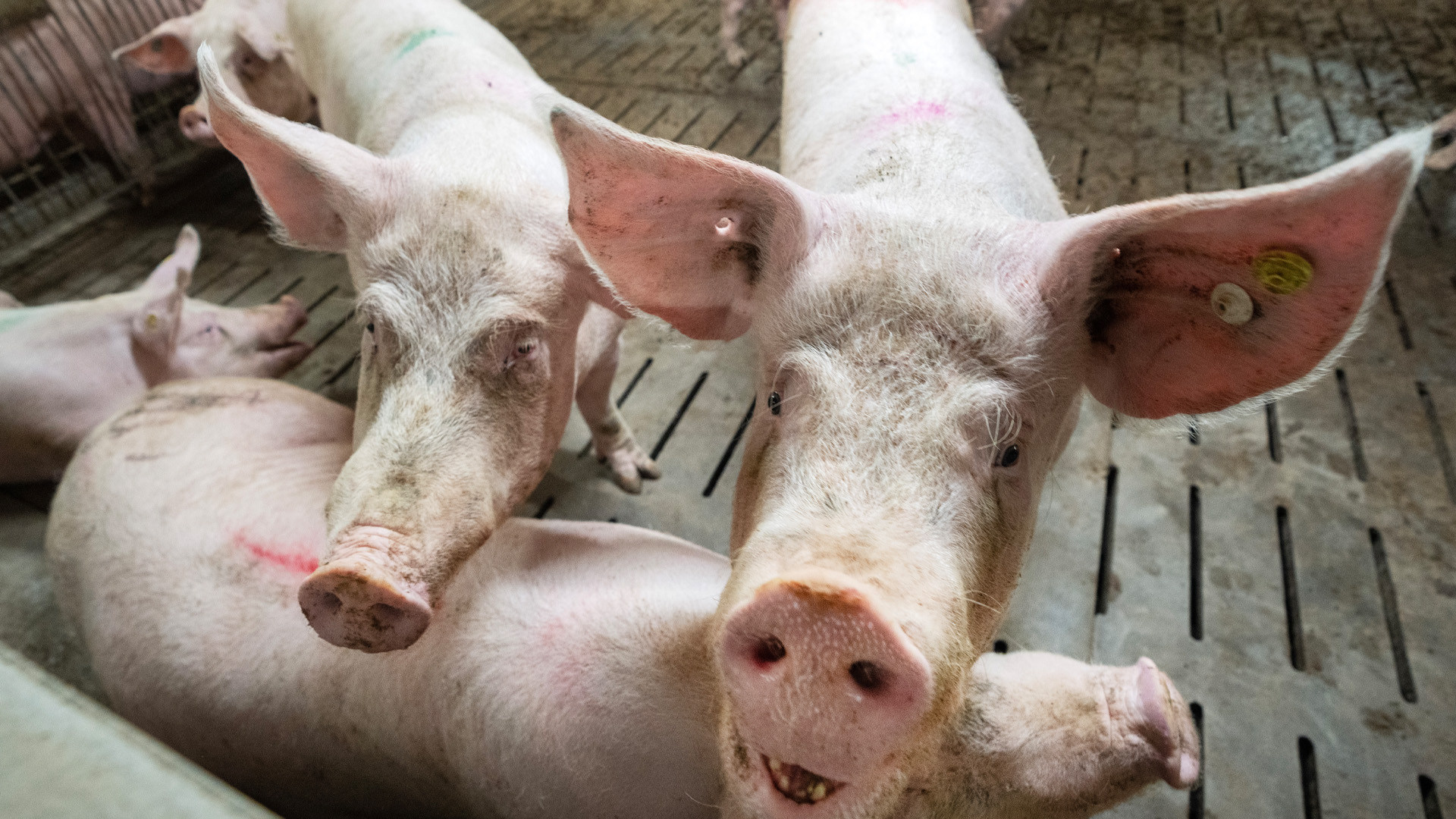
In the early summer of 2011, the Canadian ministers of agriculture will attend their annual meeting. As always, the session will focus on a series of national and regional agri-food policy and program concerns and on the continuing consultation on the next steps for the renewal of the national Growing Forward policy framework, which is designed to end in 2013. It can be anticipated that the media release coming out of the meeting and associated press releases by each government will be positive, signalling steps forward, but no final decisions. And it will not garner much public reaction — even from the agri-food sector itself.
This is very unfortunate. At a time of strong global pricing for many agricultural commodities; heightened concerns over the environment, health, food safety and global hunger; and significant global market opportunities for the agri-food industry, now is a good moment to reexamine the policy options and directions for this sector over the next five years.
Unlike prospects for a number of other domestic economic sectors, the outlook for the agri-food sector in the near and longer terms is excellent, with significant opportunities for gains. The global outlook for most food products is buoyant. The increasing personal income and rising GDPs of many emerging markets bode well for major upward shifts in global demand for fresh and processed foods. As shown in table 1, large increases in both consumption and world processing of coarse grains and live stock products are forecast for 2011-19.
Simultaneously, the competition in this global market is getting stronger. Canada’s competitors are moving forward. Bilateral and regional trade discussions are being held to obtain and secure new market access to growing emerging markets for agriculture and food products. The US, Canada’s major trading partner, is engaged in internal discussion of the renewal of its own farm bill for 2012. Our competitors and our customers are engaged in major policy discussions and changes in trade activities.
At the same time, the capacity to produce agricultural commodities and food products in a sustainable and competitive fashion is strained in many of the world’s economies. Even Canada must review its policies and efforts in order to produce food in a more sustainable manner.
Given this new context, this country must break out of its policy status quo and be bold and ambitious. There is a tremendous opportunity to serve a more prosperous, hungrier global market. But, Canada’s current agri-food policy has not been focused on capitalizing on these new market opportunities. It has been caught in a “balanced” position, which reflects past market perceptions, fear of jeopardizing existing domestic trade policy trade-offs and limited resources to be able to effectively seize current and anticipated market opportunities. A bolder yet practical strategy would move the agri-food sector to a far more prosperous future.
A number of provincial governments as well as several national farm and food sector leaders are attempting to develop such a new national or regional framework. (For instance, Quebec recently released its new biofood policy paper.) This appears to be an opportune time for the Canadian agri-food policy specialists, the industry and the wider public to step back and consider some different options for this nation’s agri-food policy framework.
The federal and provincial/territorial ministers signed in 2008 the Growing Forward policy framework, which has been implemented in the past years. This framework built upon previous policy frameworks (and more than two decades of continuous federal-provincial policy and program activity in this sector) and followed considerable federal/provincial-territorial consultation with various sector stakeholders.
The Growing Forward framework provides national direction and provincial flexibility in key agreed themes, along with fairly well identified spending plans to help reassure clients and ensure effective program delivery. The framework does not encompass all legislative, regulatory or program activities in the agri-food sector, but is a key driving force for general expenditures in this sector.
In the past two years Agriculture and Agri-Food Canada and provincial-territorial departments of agriculture have held a number of consultations with national or regional stakeholders and provided policy documents outlining future developments and challenges facing this sector. However, these efforts include a strong impetus for minor changes to the status quo in both policy development and program expenditure. And if federal party platforms are any indication, the recent election of a majority Conservative government will not alter this scenario much. In fact, an examination of the various platforms reveals a remarkable consistency in approach and desired solutions, with modest changes to the status quo.
Canada has been caught in its “balanced” position, which reflects past market perceptions, fear of jeopardizing existing domestic trade policy trade-offs and limited resources to be able to effectively seize current and anticipated trade opportunities. A bolder but practical strategy would move the agri-food sector to a far more prosperous future.
Aside from general comments of support for a national food strategy (strong on direction, weaker on details), there is a modest discussion of a bolder, market ambitious vision for the sector, what such a strategy would entail, why it is critical at this point and what it would change. For example, in the discussions of a new policy framework or a national food strategy, there is little indication that any government would argue for, or even propose the need for, some modest changes in the status quo both to meet shifts in the domestic markets for supply-managed products and to address global trade concerns. There is little or no discussion of what is needed in agri-food research and commercialization — neither funding nor programming — or of developing talent needed in this sector for it to remain innovative and allow farmers and food firms to gain and hold market share. At present, there is no apparent willingness among ministers or in the farm industry to address the disparity in funding for innovation compared with continued farm income support/stabilization (which absorbs well over 50 percent of government funding to the sector). Rather, the universal recognition among many participants — whether public or private sector — of the importance of farm income support and risk management suggests a conviction on their part that Canada’s agri-food sector is a victim in need of ongoing financial support to be viable. This is a critical “miss” on all fronts.
If the global and domestic market contexts were the same in 2011 as they were in 2007, this would not be unreasonable. But as noted above, the global context is now very different. And small changes to the status quo will not suffice.
A key concern within the existing national framework is the lack of distinct and independent measures of the performance of the various national and provincial/territorial programs. In a number of areas, the Growing Forward framework built upon past programming efforts and practices; there is little identification of the desired results of these initiatives, how they were to be measured, whether they were measured for results and whether they were transparently provided to industry stakeholders and the general public.
As national expenditures in these program areas exceed $3 billion per year, the total public expenditure over a multi-year period is a sizable allocation of public resources. Significant improvement in the determination of results, in program and policy measurement and in reporting on these measures would greatly assist in breaking the hold of the status quo in the current policy discussions.
The market outlook, the initiatives being undertaken by Canada’s competitors and the capacity of the domestic agri-food industry to respond are all areas where we need to expand our knowledge.
In almost all strategic plans released by governments, there is a desire to seek some changes to reposition the sector, but to keep to a minimum the impact on existing public or private sector initiatives. Governments seem to believe that they must still meet status quo market demands and follow the status quo policy directions.
Even when the economic context is favourable, policy and program trade-offs must occur: capital, talent, resources must be reallocated to higher priorities and markets or to farms and firms with higher market returns. Given the fiscal and economic situation in the next several years, this favourable context is not likely to occur. Governments and the sector need to reassure taxpayers and themselves that current expenditure — whether on risk management, marketing, research, environmental programming or innovation — is sound and effective and will lead to future prosperity and productivity in this sector of the economy.
Given the time frame available and the existing interests, it is unlikely that the entire framework can be reexamined completely. However, the ministers of agriculture and the farm and food industry groups can start the process of providing a proposal that is more ambitious than what is currently developing into a modest variation on the status quo.
These groups can request that their officials provide detailed reports on what has been accomplished to date by the existing programs in each province, and see what the results have been — apart from expenditure of funds and process of involvement (how many plans put into place, how many dollars spent on various initiatives under the framework). The ministers can request greater transparency in the processes and in the results achieved — and then share these with the various stakeholders involved in the consultative processes. The ministers can also request that the current consultative processes be more proactive and seek out and obtain viewpoints from agri-food participants — and from groups and individuals not always aligned with current farm and food groups — to get other ideas, thoughts and suggestions.
The results could be shared with the national or regional stakeholders and presented to ministers at their next meeting later in 2011/12, before the next annual meeting of the ministers. At that meeting the discussion can then focus on how to shift resources to more desired results, and what programs or policies are most effective in achieving those results.
At present, much of the public expenditures and broader policy discussion is on the various national, provincial and territorial risk management programming (or income support in some cases). The Growing Forward policy framework has other priorities as well — including innovation, the environment and food safety. However, the farm-level discussion has been about risk management — program effectiveness and program support levels.
If the analysis of global and domestic market opportunities and competition strongly suggested a model that is more focused on innovation and increased competitiveness, then the Growing Forward II discussions should evaluate the various priorities in light of their effectiveness in encouraging and sustaining innovation and competitiveness across the agri-food value chain. This would provide ministers of agriculture and the various stakeholders with a range of policy frameworks and expenditure/ result measures. This in turn would assist in the national discussions and the eventual decision-making for a new national agri-food policy framework.
Such discussions would not be the end game but the start of a different agri-food policy process, one that would lead to far more sustainable and prosperous results for the national agri-food sector and the Canadian public.
Photo: Shutterstock








